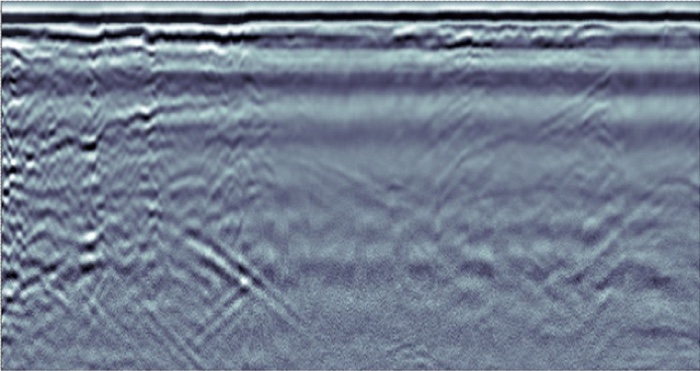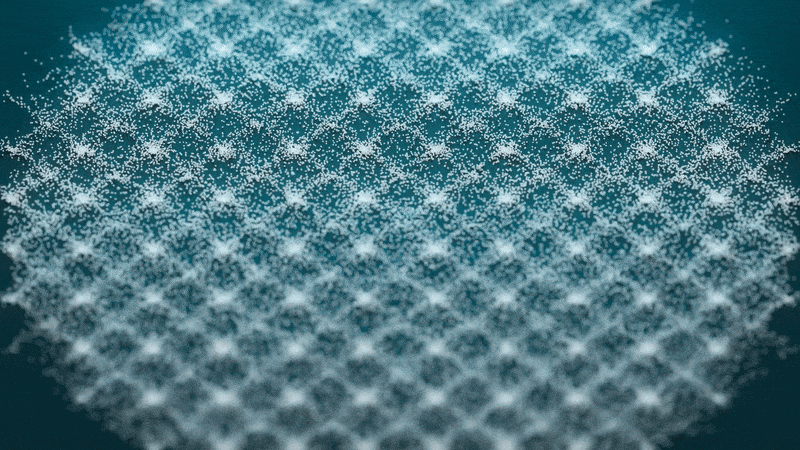What Lies Beneath the Transylvanian Castle That Imprisoned 'Dracula'?

WASHINGTON — A historic Transylvanian castle that may have once imprisoned Vlad the Impaler — likely inspiration for Bram Stoker's Dracula — still stands today. But what lies beneath it?
Because of centuries of rebuilding and additions, archaeologists weren't sure where the castle's original foundation lay. [24 Amazing Archaeological Discoveries]
However, new research using radar scans of the ground beneath the structure is revealing what's going on below the building's imposing facade. The findings were presented on Wednesday (Dec. 12) here at the annual meeting of the American Geophysical Union.
Castelul Corvinilor — also known as Corvin Castle, Hunedoara Castle or Hunyadi Castle — began as a fortress built in central Transylvania (now Romania). The structure's oldest stone fortifications date to the 14th century, and its transformation from fortress into a castle was well underway by the 15th century, according to lead researcher Isabel Morris, a doctoral candidate with the Department of Civil and Environmental Engineering at Princeton University in New Jersey.
In the 15th century, the bloodthirsty despot Vlad III, prince of Wallachia, aka Vlad the Impaler, was purportedly imprisoned in Castle Corvin by Hungarian Gov. John Hunyadi (Ioan de Hunedoara), who oversaw the castle's first expansion, according to the Romanian tourism website Rolandia. Two more expansions to the castle, in the 17th and 19th centuries, followed Hunyadi's efforts. Consequently, the building is a hodgepodge of construction from different periods, Morris said. It has also been the subject of numerous excavations; however, maps of the site are inconsistent, and much of the archaeological record is missing, presenting challenges to scientists exploring the castle today, Morris explained. For this reason, she and her colleagues chose ground-penetrating radar (GPR) to conduct their surveys.
"In order to do a good job with our reconstruction, we need to know where all these pieces are," she told Live Science. The scans helped the researchers identify an administrative complex built during the 17th century, Morris said.
The radar also revealed places where parts of the castle were held up by bedrock and supported by built-up, human-made structures.
Get the world’s most fascinating discoveries delivered straight to your inbox.
"That's important moving forward for conserving this exciting historic site," Morris said. Already-reconstructed rooms in the castle's depths include a torture chamber — with a model of an unfortunate victim bound and hung from the ceiling — but it is unknown if the grim chamber ever housed the infamous Vlad the Impaler.
- 25 Grisly Archaeological Discoveries
- What Really Scares People: Top 10 Phobias
- Archaeologists Are Hot on the Trail of These 16 Spectacular Mysteries
Originally published on Live Science.

Mindy Weisberger is a science journalist and author of "Rise of the Zombie Bugs: The Surprising Science of Parasitic Mind-Control" (Hopkins Press). She formerly edited for Scholastic and was a channel editor and senior writer for Live Science. She has reported on general science, covering climate change, paleontology, biology and space. Mindy studied film at Columbia University; prior to LS, she produced, wrote and directed media for the American Museum of Natural History in NYC. Her videos about dinosaurs, astrophysics, biodiversity and evolution appear in museums and science centers worldwide, earning awards such as the CINE Golden Eagle and the Communicator Award of Excellence. Her writing has also appeared in Scientific American, The Washington Post, How It Works Magazine and CNN.
 Live Science Plus
Live Science Plus






